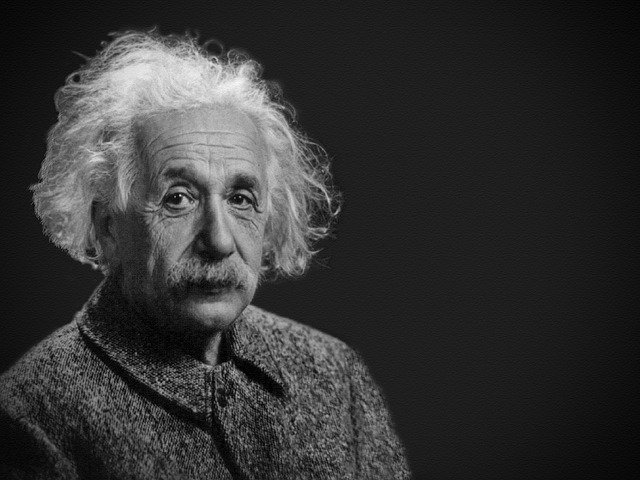Making the intangible tangible is no mean feat. In October 2015, Professor Ronald Hanson and his team, including featured Ph.D. student Bas Hensen, proved Einstein’s theory on locality to be wrong, showing that the so-called ‘entanglement’ of particles at a large distance exists.
In other words, objects separated by great distance can instantaneously affect each other’s behaviour, without being physically connected by another medium. With diamonds set up in identical labs 1.3 km apart on opposite sides of the TU Delft campus, the team proved the phenomenon.
Bas Hensen | Photo: Annemiek van der Kuil | PhotoA.nl.
Scientists had been using the methodology (the so-called Bell Test) to try and disprove Einstein’s theory of locality since 1964. However, on every occasion the performed experiments had contained loopholes that allowed critics to say that there may be other physical connections (‘hidden variables’ in Einstein’s terminology) between the particles. Thus the predictions of quantum mechanics could never quite be verified.
That was until the work done by the Delft-led team demonstrated there could be no physical connection between the entangled particles. It was a significant discovery that gained much attention both in scholarly and general audiences.
Bas Hensen points in the direction of location B, 1.3 kilometres from location A. This distance was enough to prove that one object can instantaneously affect another far-away object.
Have data open for proof and check for consistency
Hanson and Hensen knew they were working on a high impact paper. So they realised there would be requests for the raw data so that the experiment could be validated and the data checked for consistency. Given that scientists had been using this experimental method since the 1960s, and results had always been contested, there was a tradition for of sharing data related to this experiment. So they knew from the start they would open up the data.
As a comment with their preprint in arXiv they already stated that “raw data will be made available after publication”. And there is no mystery around their data. It is a small dataset of an experiment that takes time to execute. “There is not too much in there that we did not get out of it already” says Hensen. In a way the3 standard experiment is quite standard but it is difficult to execute, so there was no chance to cheat. But it’s good to have the proof online for all to check.
Open up in 4TU.Centre for Research Data archive
Since they already knew they wanted to open up the raw data, an e-mail by 4TU.ResearchData offering their archiving services was very welcome. Their initial plan was to deposit the data at Nature’s Scientific Data. Since this is a data journal they would need to submit an extensive description in a prescribed format. They could have added the data as supplementary material to their publication in Nature, but the article was already in print.
So they decided to go for the more efficient way of publishing in the data archive of 4TU.ResearchData. Hensen says he is happy with the possibility to link to their publication in Nature for further description of the data and having a DOI (Digital Object Identifier). Now they only have to send the DOI to people who are interested in their raw data.
A couple of months since its publication and the dataset is already gaining interest. In the first six months since its deposit, the first dataset has been viewed 650 times. The second dataset has been viewed 56 times in the first three weeks. This is according to Hensen’s expectations. Hensen reckons that this shows that nearly all of the world’s other research groups involved in experimental quantum mechanics have accessed the dataset.
Cover image by Jackie Ramirez via Pixabay
Link http://www.nature.com/nature/journal/v526/n7575/pdf/nature15759.pdf

